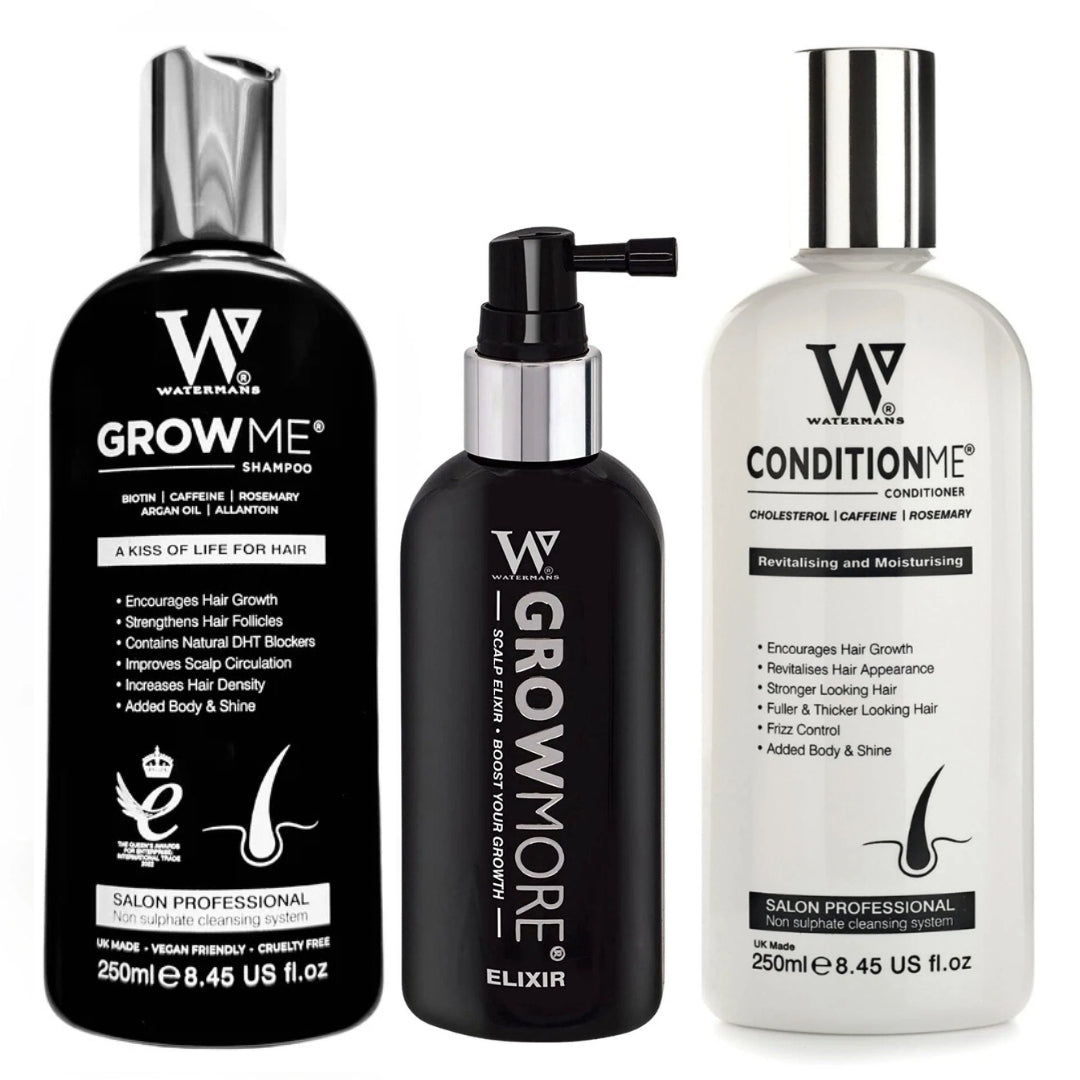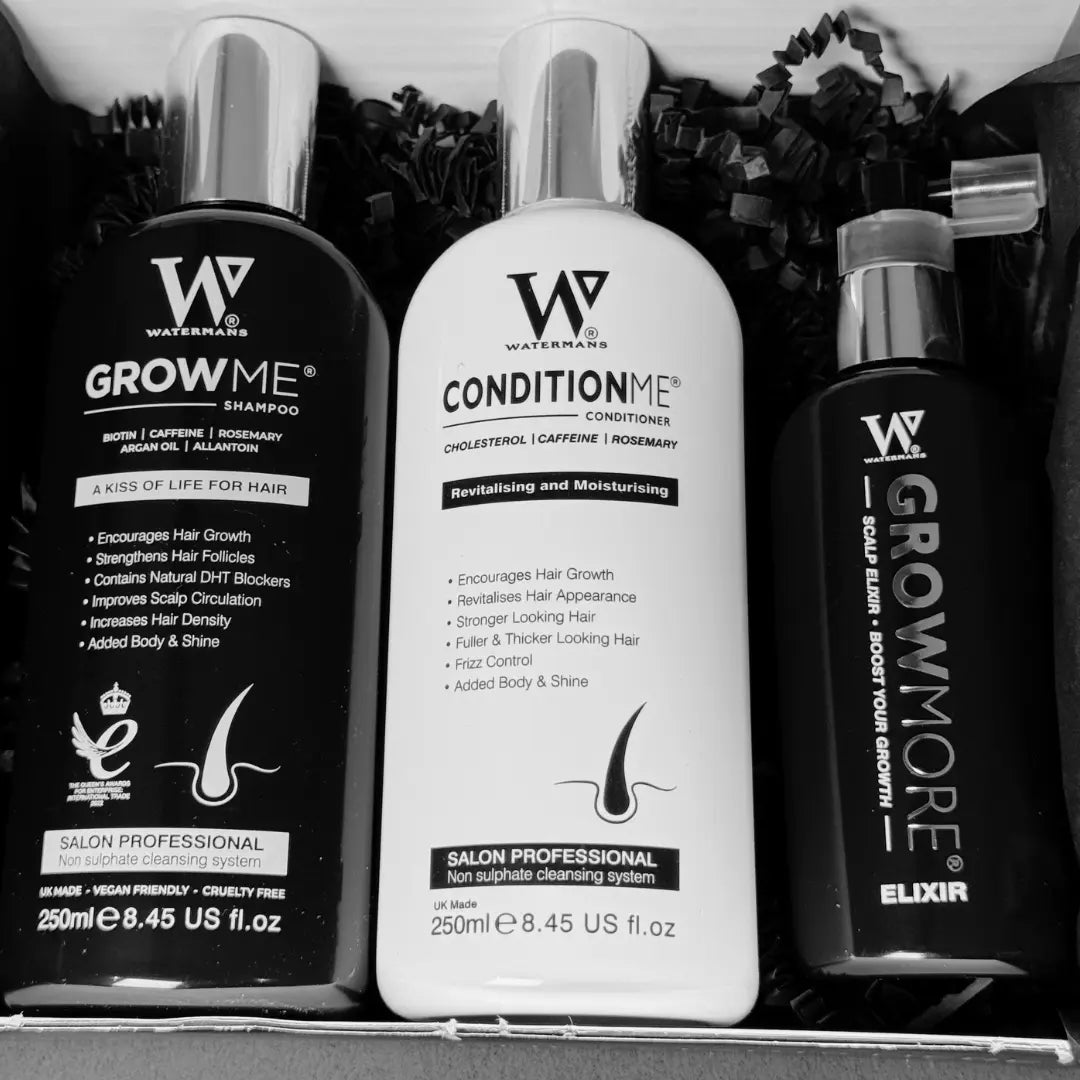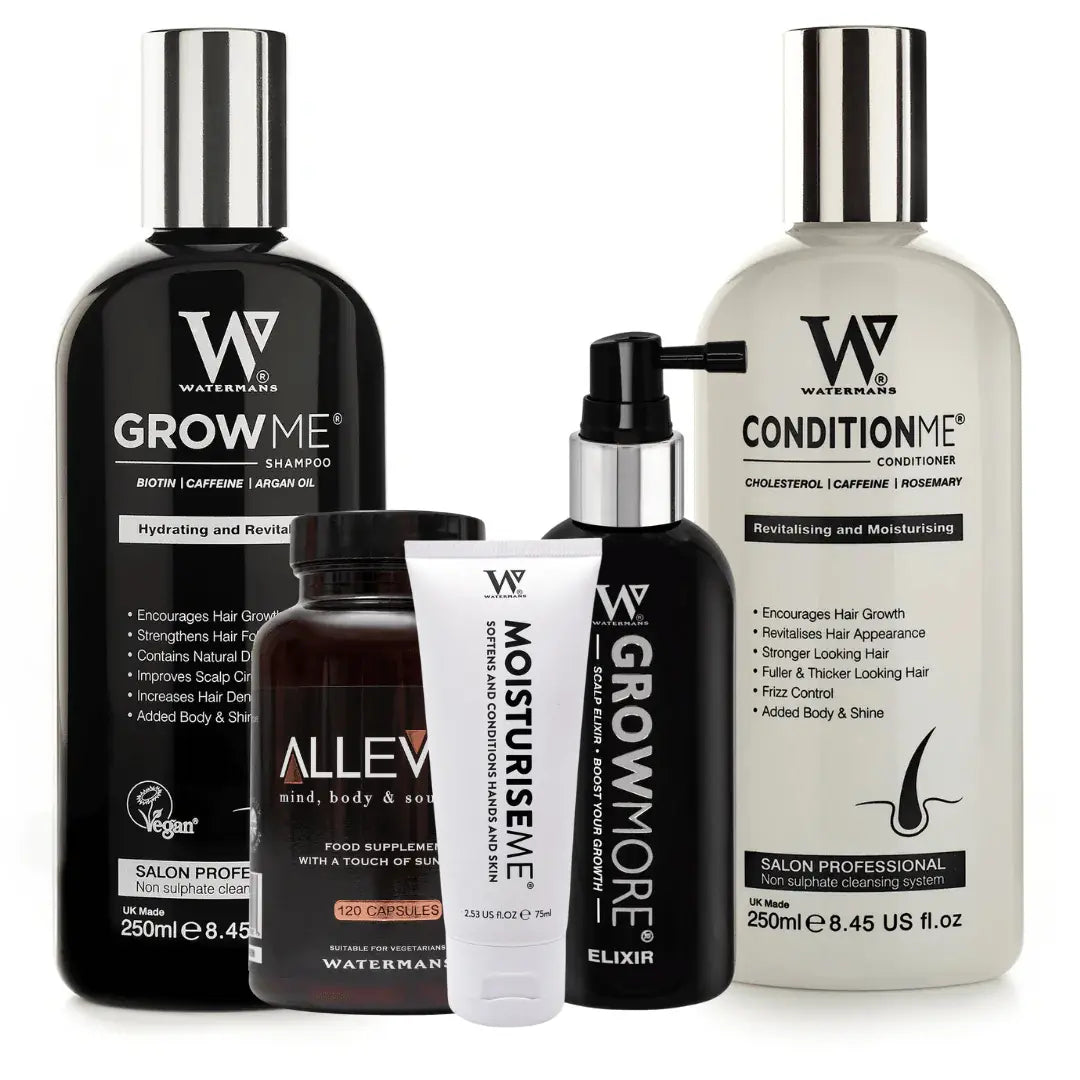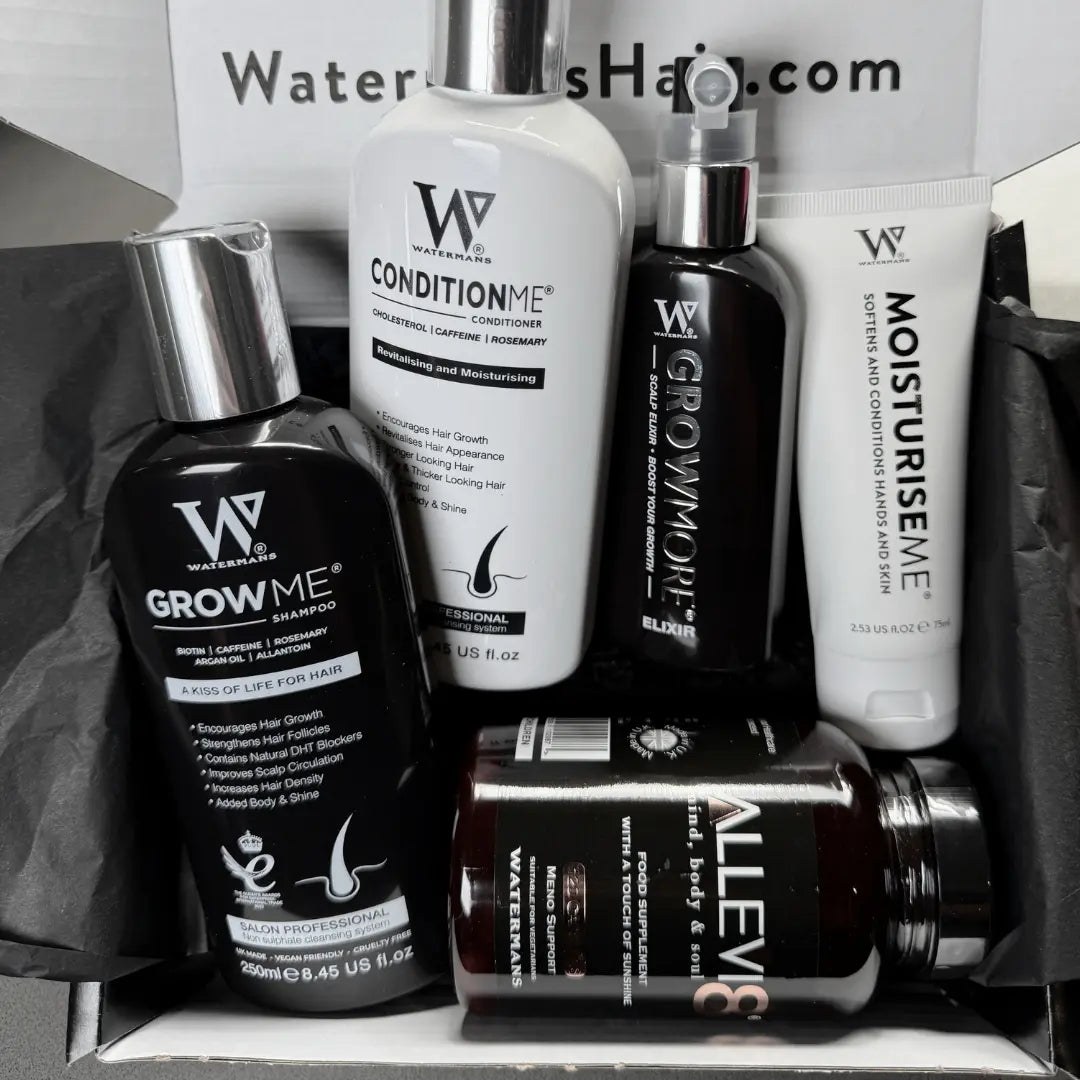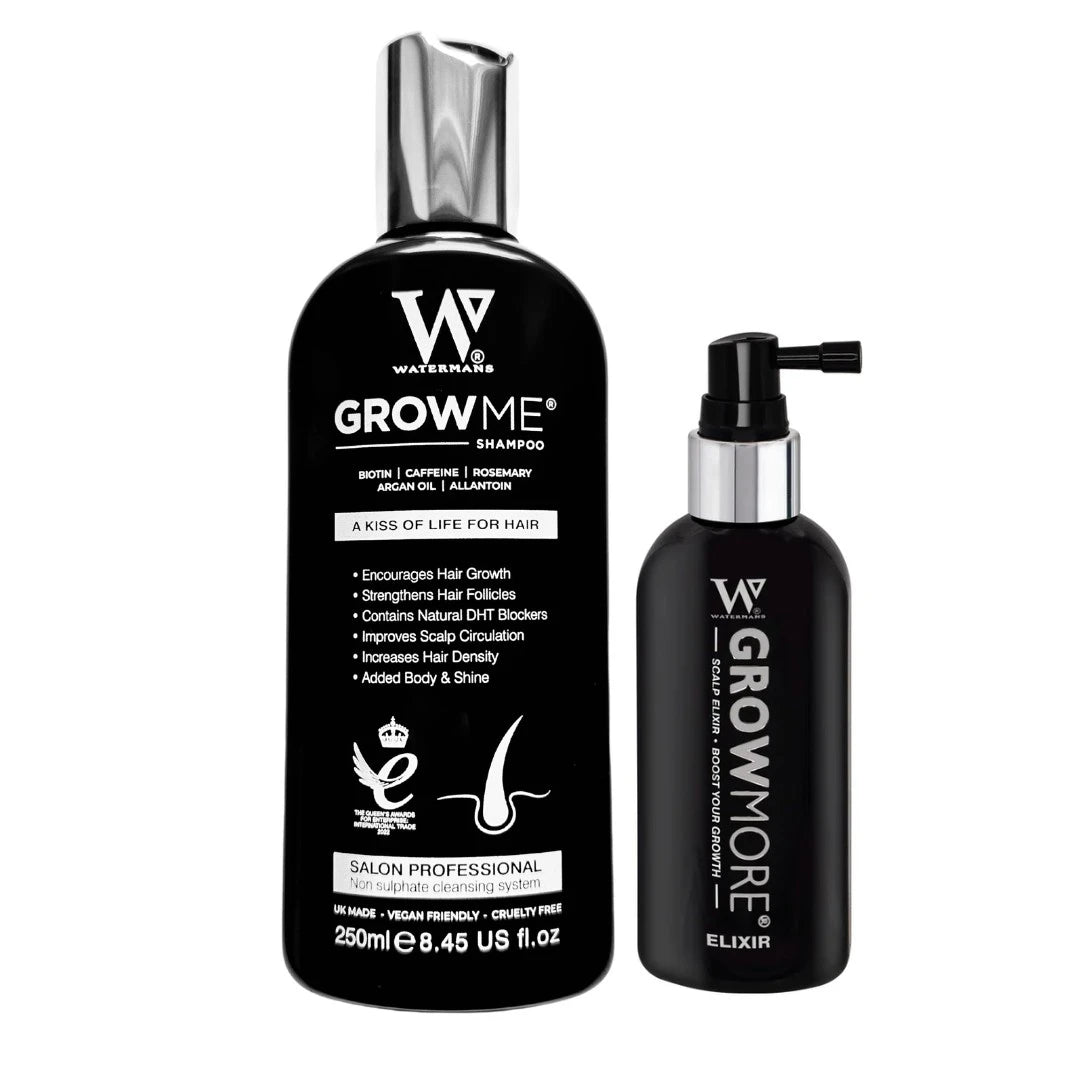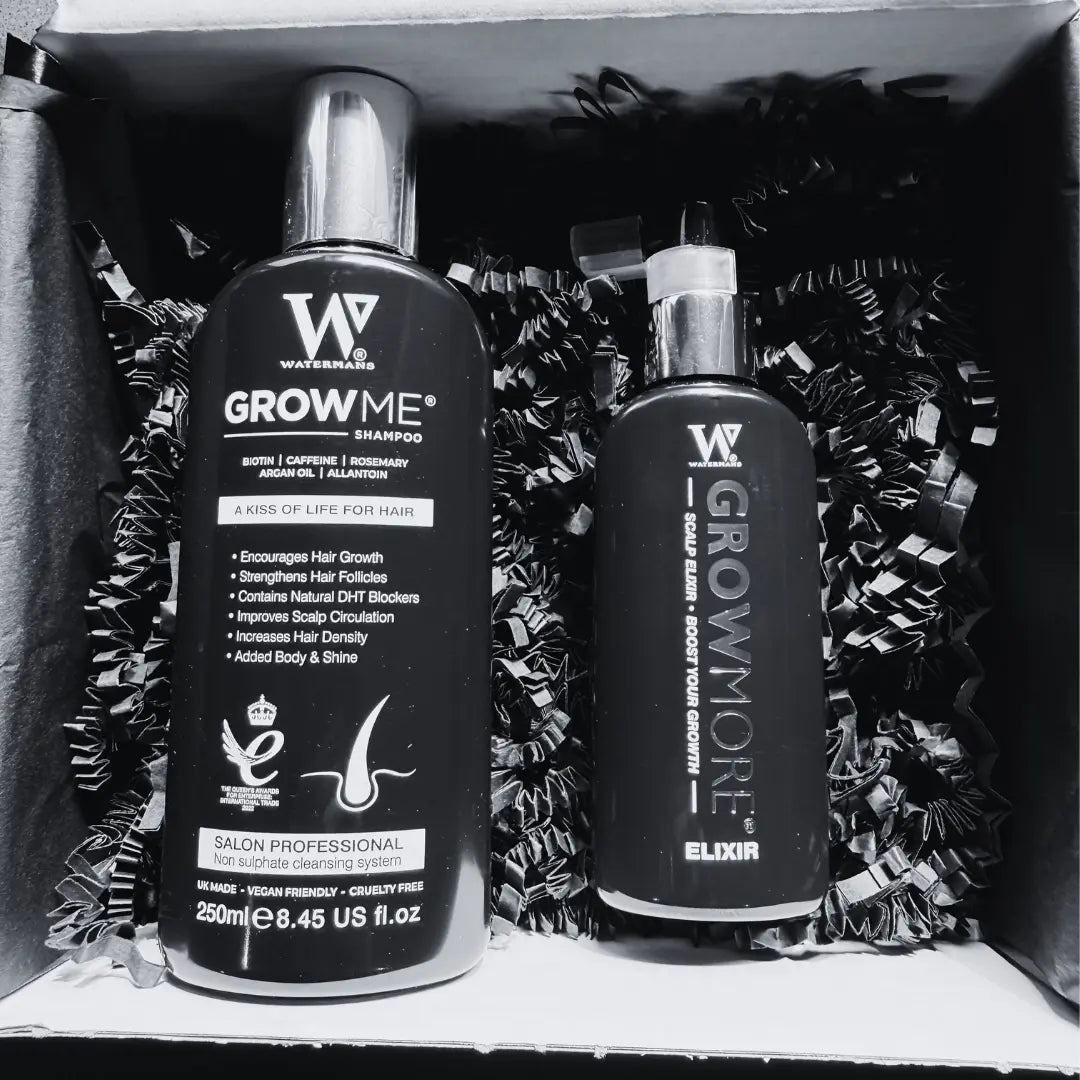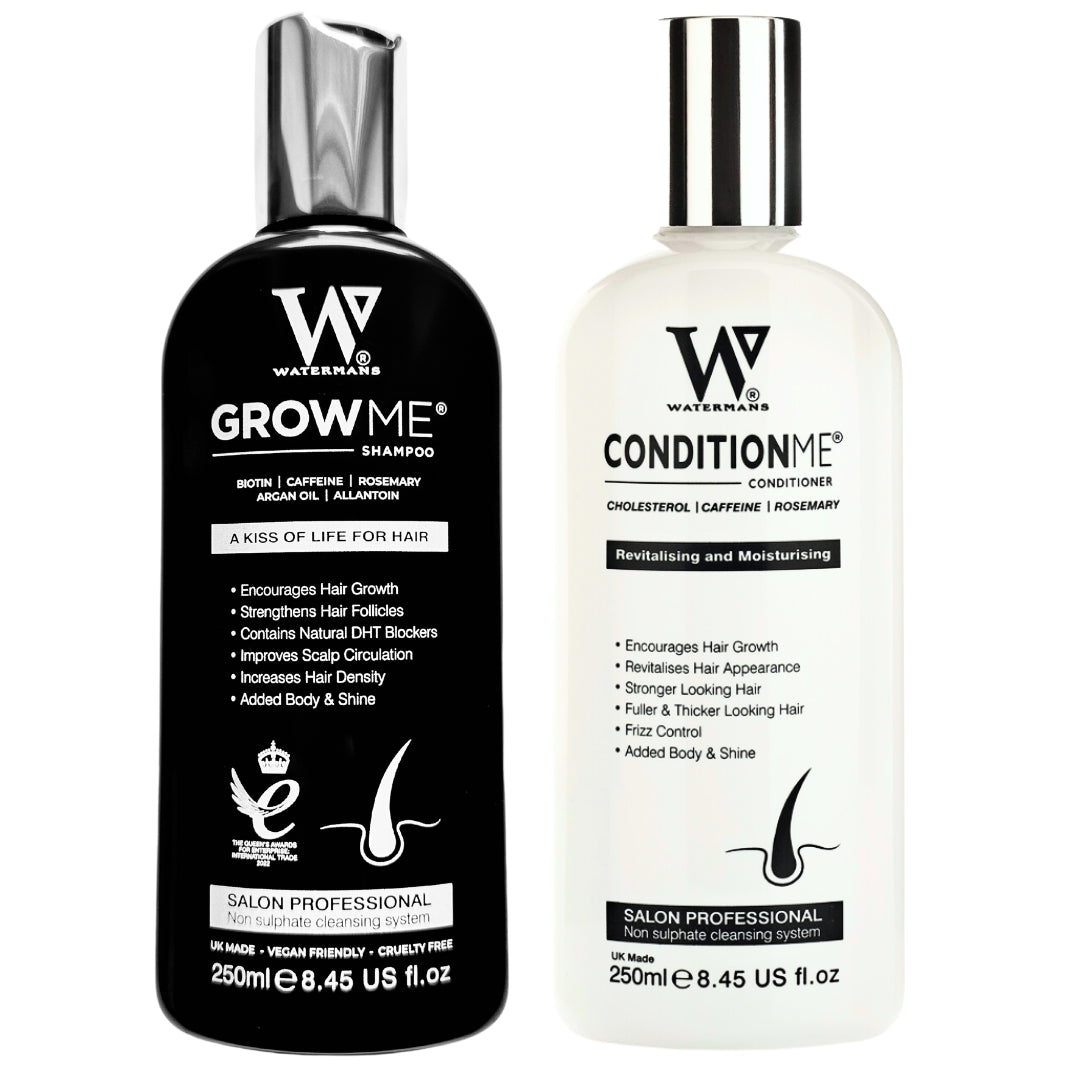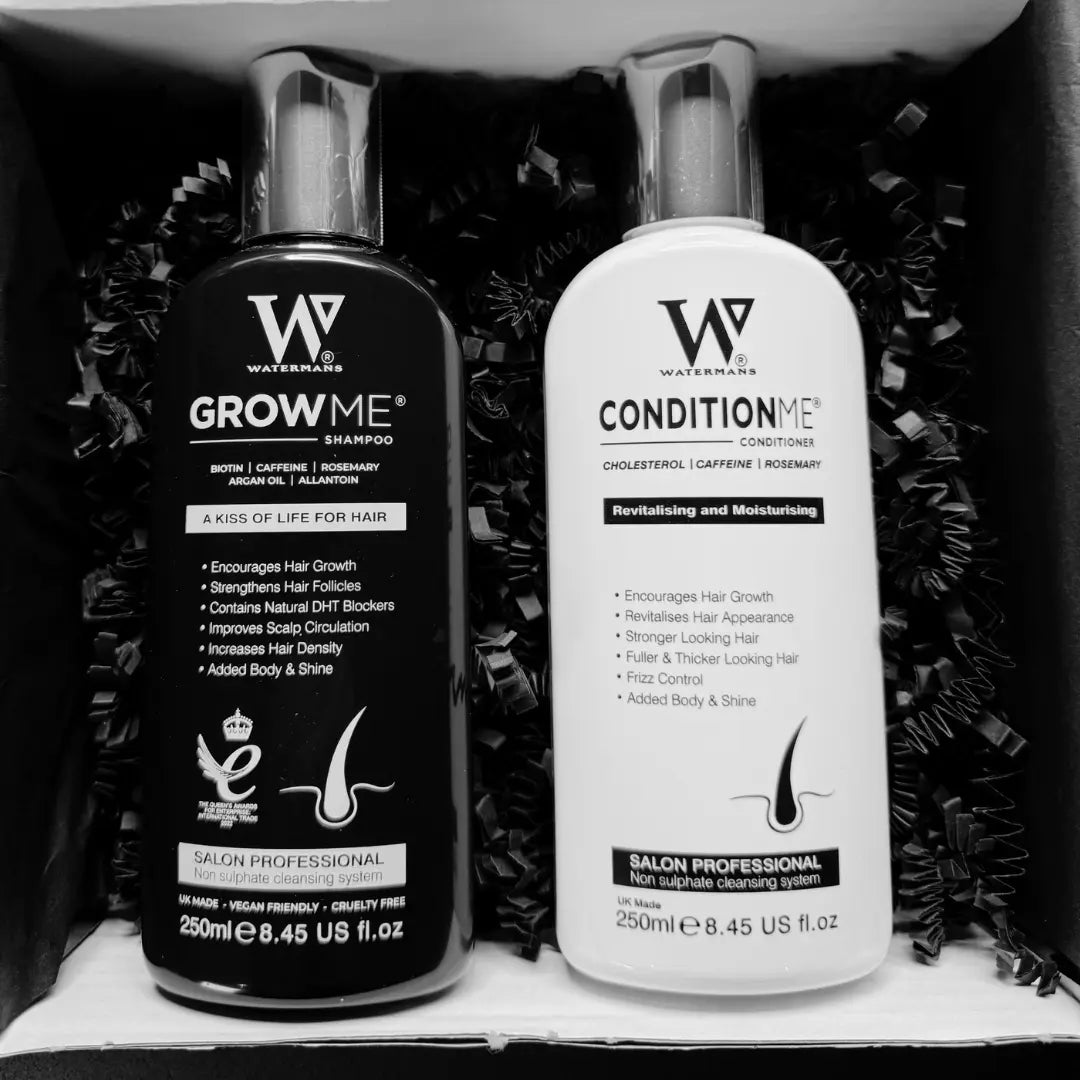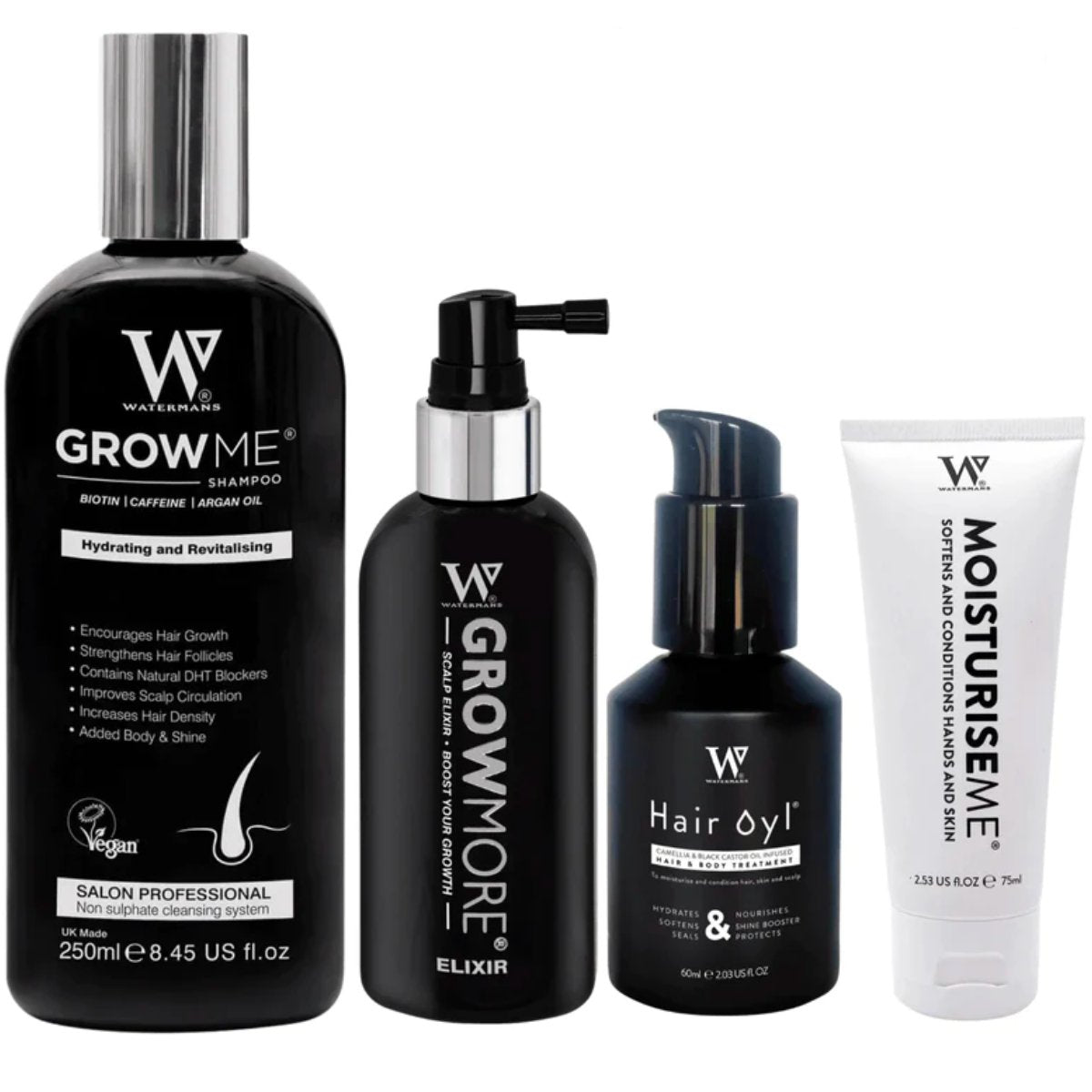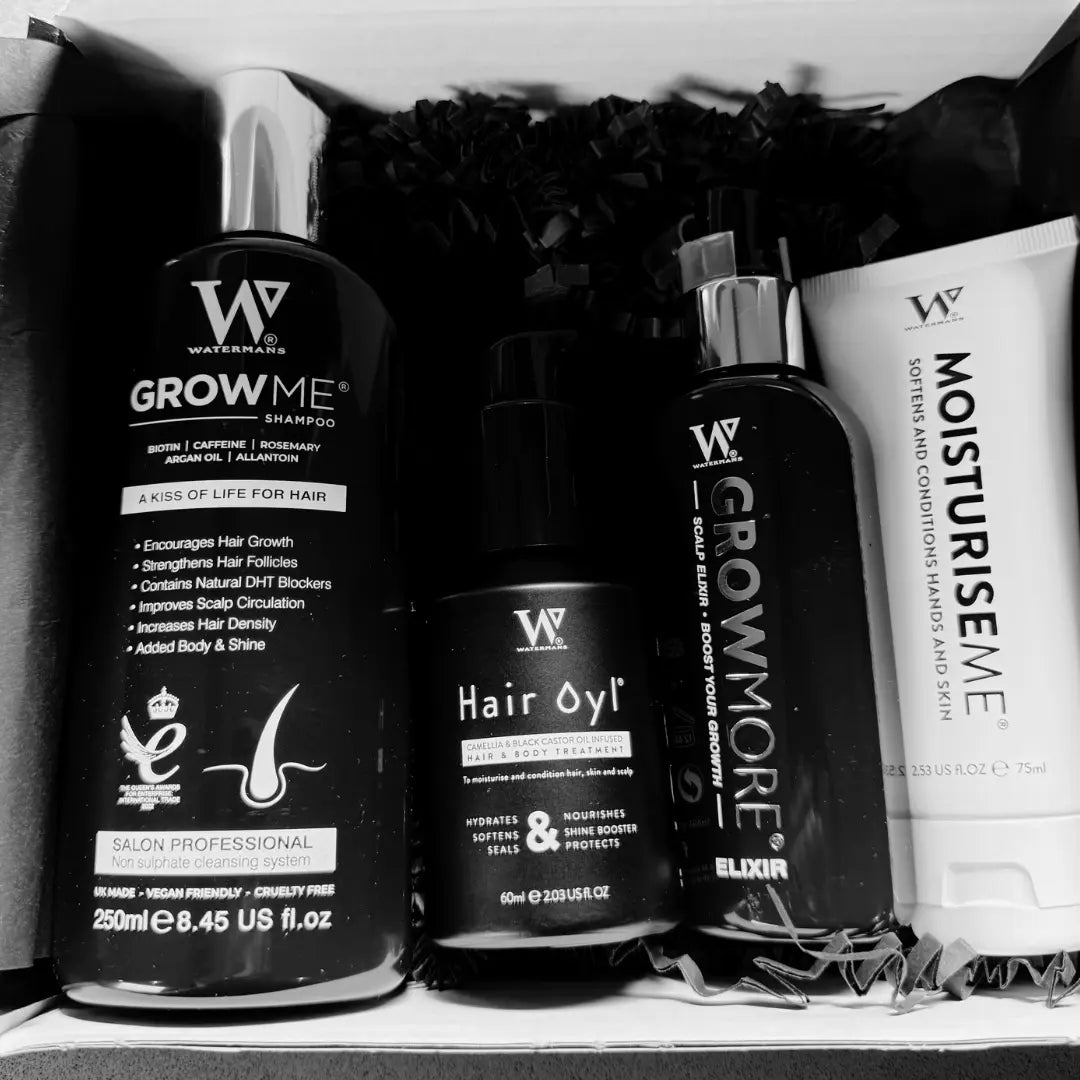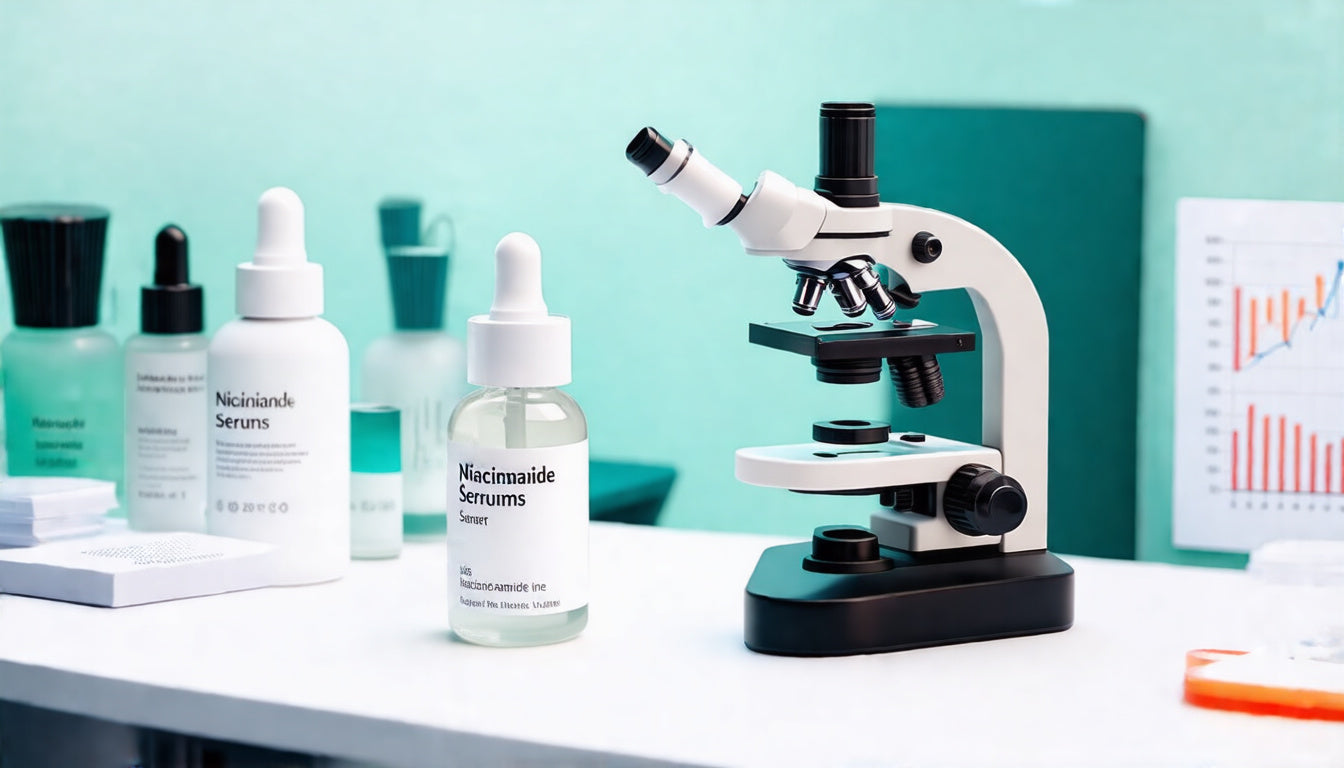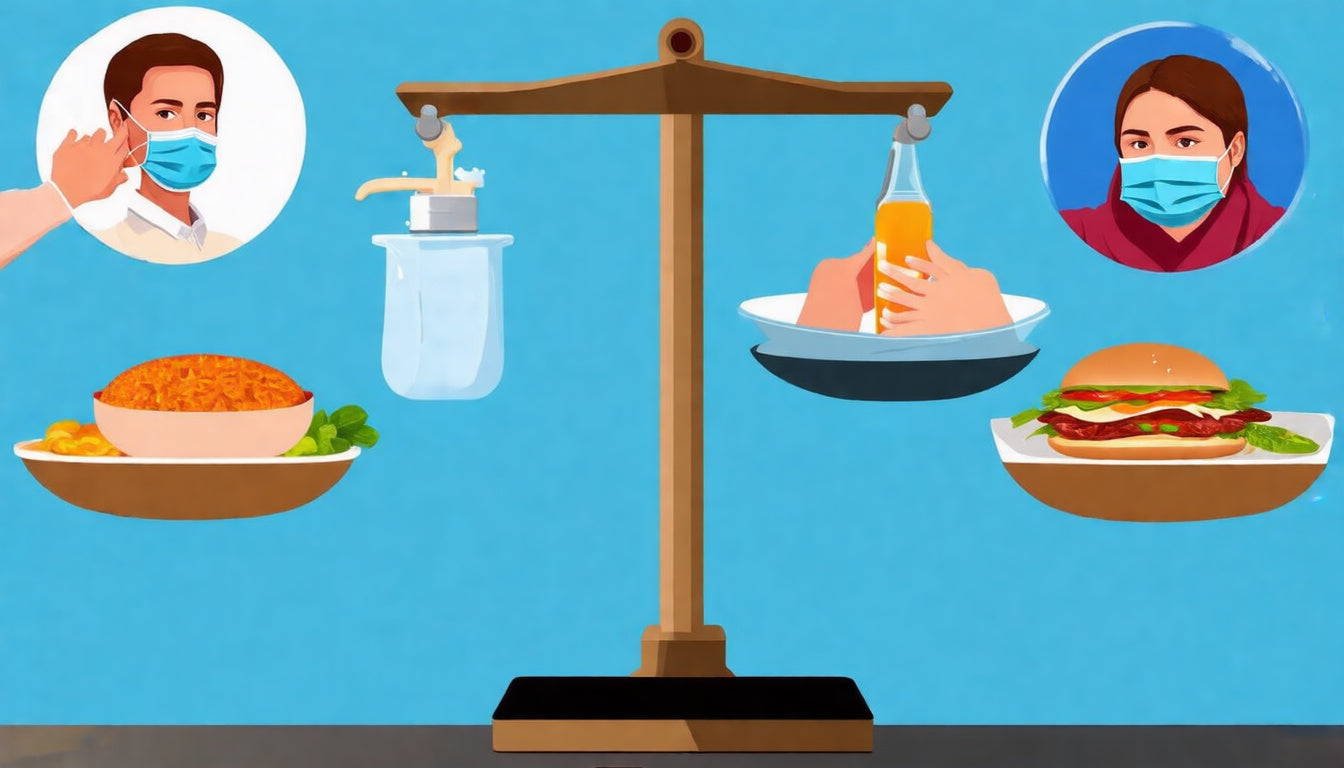
Navigating the Fine Line: Hygiene Standards vs. Personal Choices in Everyday Life
Maintaining personal hygiene is a fundamental aspect of everyday life, impacting health, social interactions, and self-esteem. However, hygiene practices often intersect with personal choices shaped by culture, preference, and lifestyle. Striking a balance between standardized hygiene norms and individual decisions is essential for holistic well-being.
Understanding Hygiene Standards in Daily Routines
Hygiene standards refer to the recommended practices designed to maintain cleanliness and prevent infections. These practices are generally informed by scientific research and public health advisories.
Shaving and Hair Grooming Hygiene
Shaving and hair grooming are critical areas where hygiene plays a vital role. Regular shaving and haircuts help prevent the buildup of dirt and bacteria, which can lead to scalp infections or skin irritation. Using clean tools like razors and combs is essential to avoid cross-contamination.
Washing Face and Feet: Essential Hygiene Habits
Washing the face daily removes dirt, oil, and sweat, preventing clogged pores and skin problems. Similarly, washing feet thoroughly helps avoid fungal infections and unpleasant odors, particularly for those who spend long hours on their feet or wear closed footwear.
Nail Care: Hygiene vs. Personal Preference
Cutting and filing nails helps maintain cleanliness, but personal preferences vary regarding nail length and grooming style. While trimming nails short is encouraged to minimize dirt accumulation, some may prefer longer nails, opting to maintain hygiene through careful cleaning and filing.
Personal Choices Shaping Hygiene Practices
While hygiene guidelines provide a framework, individual choices influence how these practices are implemented.
Threading and Hair Removal: A Matter of Choice
Hair removal methods like threading are influenced by cultural practices and personal comfort. Some individuals find threading hygienic and effective, while others prefer alternative hair removal techniques. Respecting these choices is essential without compromising overall hygiene.
Bedding Hygiene: Standards and Preferences
Cleaning beddings regularly is important to reduce allergens and maintain a healthy sleeping environment. However, frequency and methods can vary widely based on personal habits, access to laundry facilities, and cultural norms.
Balancing Hygiene Standards with Personal Autonomy
The key to optimal hygiene is respecting personal choices while adhering to basic cleanliness principles to prevent health issues.
- Educate Yourself: Understanding the reasons behind hygiene standards empowers better decision-making.
- Adapt Practices: Customize hygiene routines to suit your lifestyle without neglecting core cleanliness.
- Use Quality Products: Investing in reliable hygiene products can enhance the effectiveness of personal care.
For those looking to enhance their hair hygiene routine, discovering quality hair products can make a significant difference in maintaining a clean, healthy scalp and hair.
Conclusion
Navigating hygiene and personal choices is about finding a harmonious balance that respects individuality and promotes health. By understanding hygiene guidelines and embracing personal preferences, individuals can maintain cleanliness effectively while honoring their unique lifestyle.


